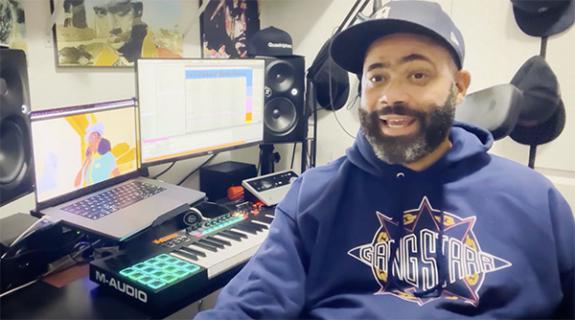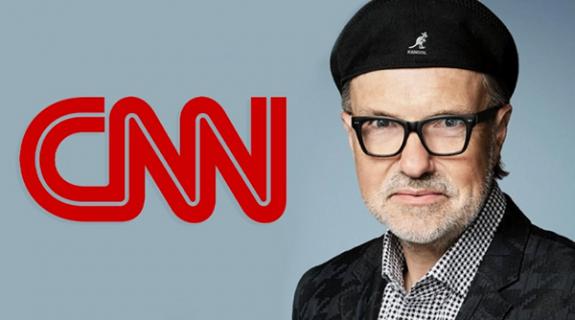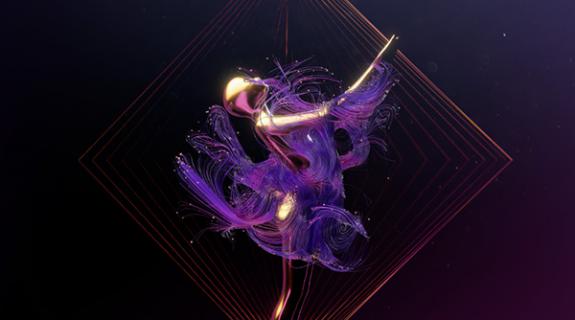In an intriguing twist on the costly business model American viewers have grown accustomed to with our highest-profile sports networks, The Netherlands’ largest cable operator, Ziggo, includes its primary sports outlet as a complimentary addition to its package.
“Ziggo Sport is a free channel for Ziggo customers,” said Yolande Veldt, head of brand at VodafoneZiggo. “It is a promo channel, to attract new customers or to keep the existing customers. It is our loyalty tool.”
It makes sense. Nothing stirs emotion in viewers and keeps them coming back quite like sports, a singular dynamic that Ziggo Sport has looked to leverage with a new rebrand that combines cinematic footage of athletes with fiery fractal graphics that fill the channel with powerful feeling.
“The fractals enable a dynamic movement that can be connected to images and content,” said Marco-Paul, de Jeu, founder of Dutch studio CapeRock, which helped launch Ziggo Sport in 2015 and has developed this new brand identity and channel design to boot. “The fractals are also an expression of movement, energy and power and thereby add to the brand’s sense of fun and pleasure. It’s a very useful element, a visual property, which creates an own-able, recognizable and remarkable look and feel even when the Ziggo logo is not used.”
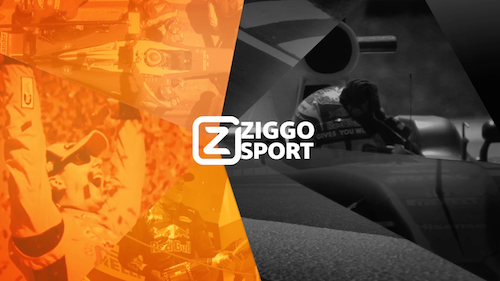
The orange, triangular fractals can appear in the background or the foreground, forming a united front that dominates the screen, or breaking off into darting, weaving individual units that move in sync with the athletes to visualize kinetic energy itself.
At times, the fractals seem to be almost tracing the movements of the athletes, highlighting their impressive deeds and hinting that the core of this emotional rebrand is comprised not of the games, but of the people who play them. Further evidence of this premise comes by way of idents peppered throughout the on-air package, a blend of five-second spots in “black and white to add a bit of roughness to the channel identity,” de Jeu said, and 10-second idents in color to create some variation.”
Focused on up-and-coming Dutch athletes such as 19-year-old tennis player Nina Kruijer and PGA Tour player Thomas IJland, the idents follow their subjects during training, showing “their passion and perseverance to become the best in their sport,” de Jeu said. “We have filmed the athletes in their natural habitat, in the ring, on the track and in the field to bring the audience even closer to the sport. From close by, we see how they prepare, how they warm-up, how they find focus, how they start sharp, how they put in all the power to finish first, and how they repeat this again and again.”
Utilizing a shallow focus camera and documentary filming techniques, de Jeu’s team sought to “bring the audience close to the athletes,” he said, and “to avoid any acting and be able to film spontaneous moments.” Movements showcasing speed, strength, effort and intensity were captured in slow-motion, each one culminating with a small explosion of fractals that converge around the Ziggo Sport logo.
“The sports idents build up the promise on an emotional level, making the connection with real athletes by showing them from start to finish,” de Jeu said. “This shows the story of the athlete’s dedication, concentration and perfection.”
From those noble pursuits comes the ultimate objective for a channel that costs nothing at all, and primarily wants to please the broadest swath of viewers from both genders: Said Veldt, “It was our mission to introduce enjoyment to the channel.”
Tags:



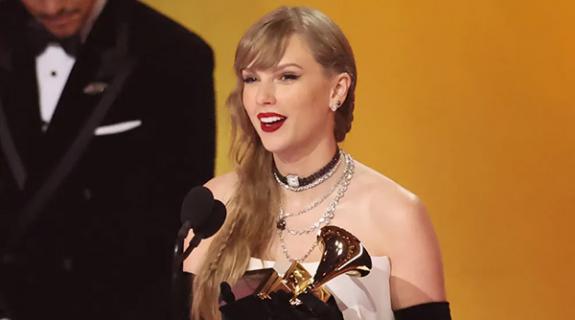
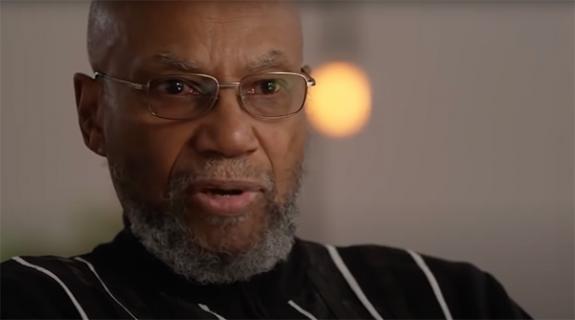

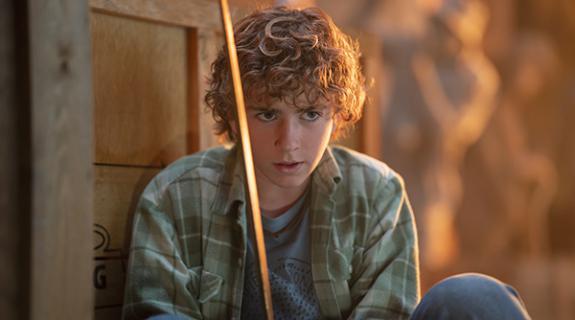

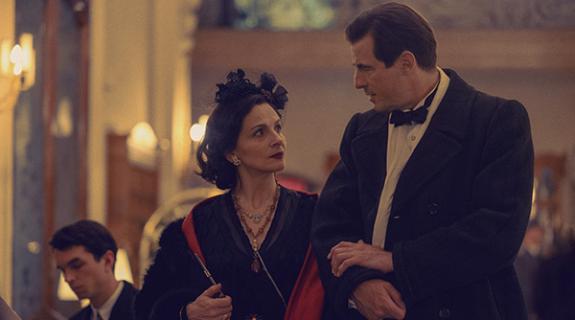

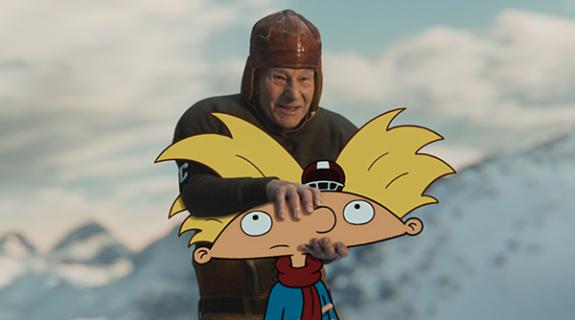

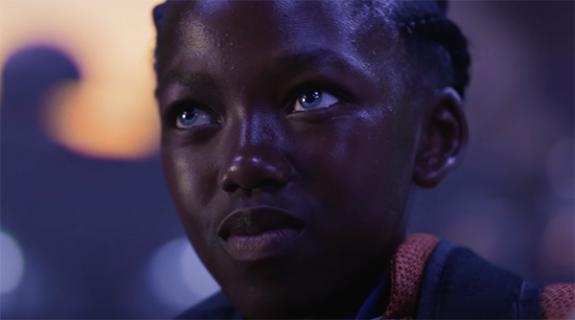
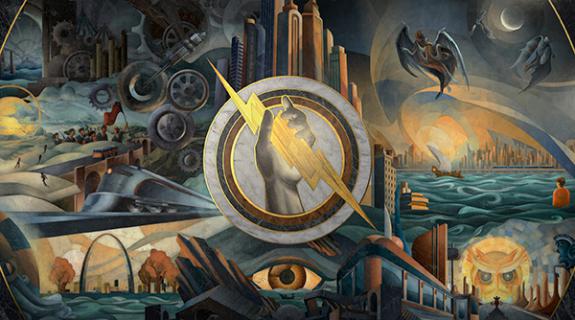
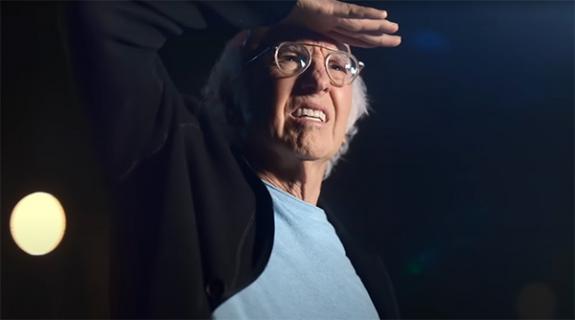


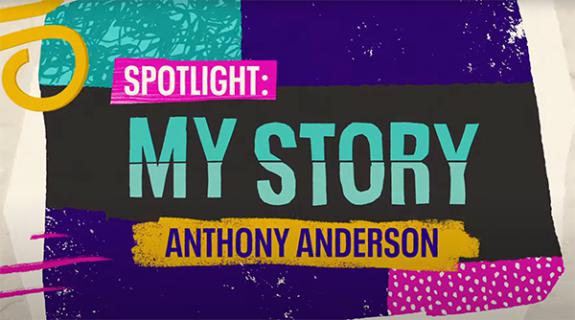
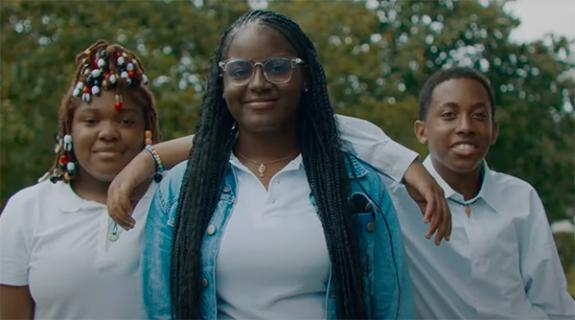
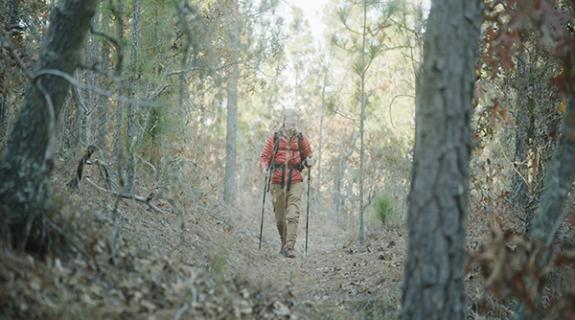
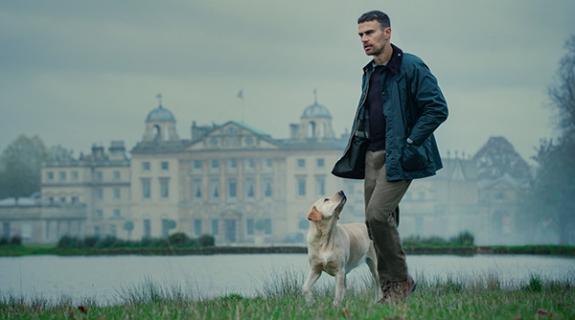
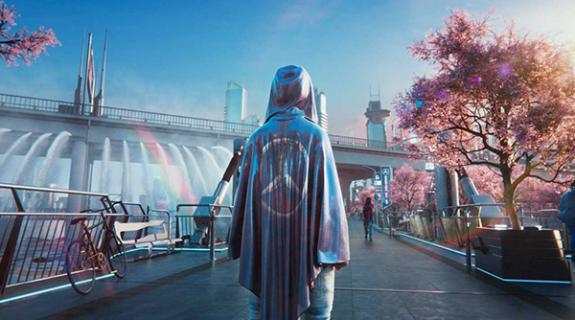
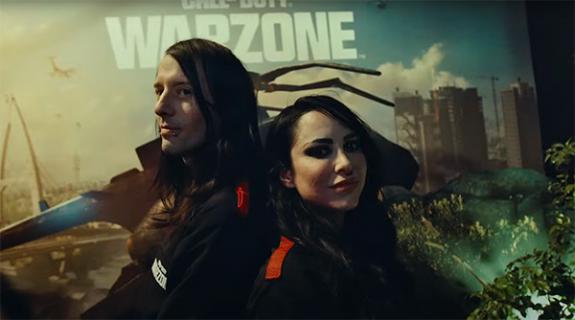
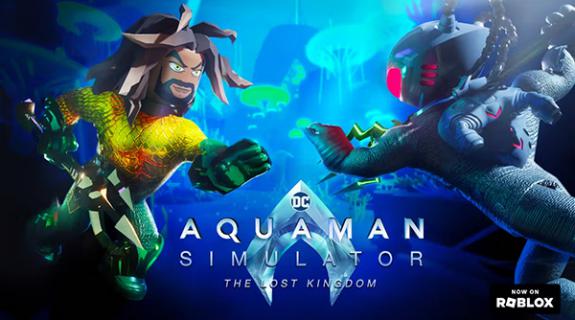
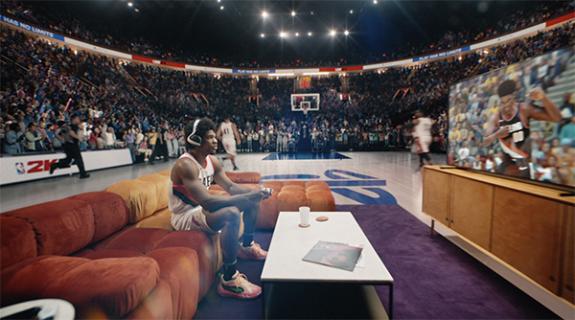
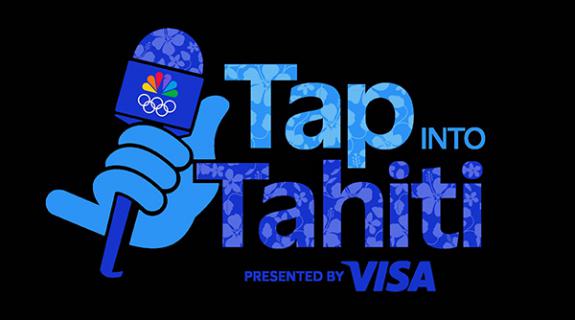
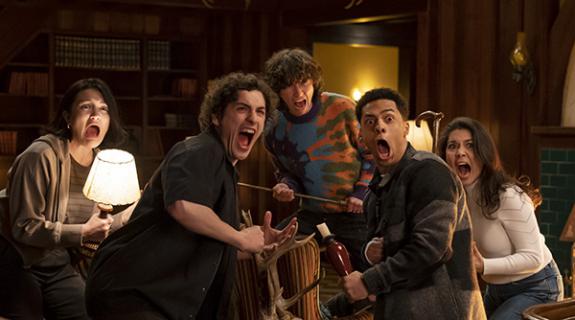
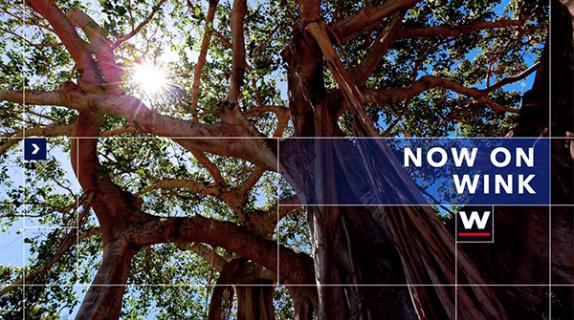

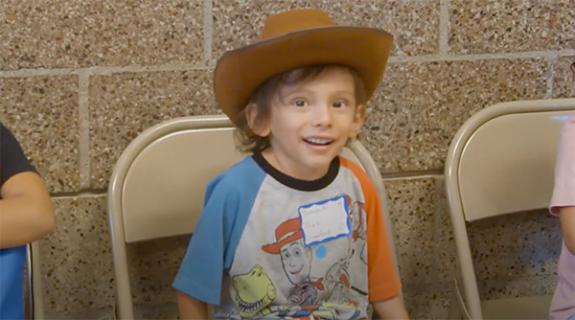



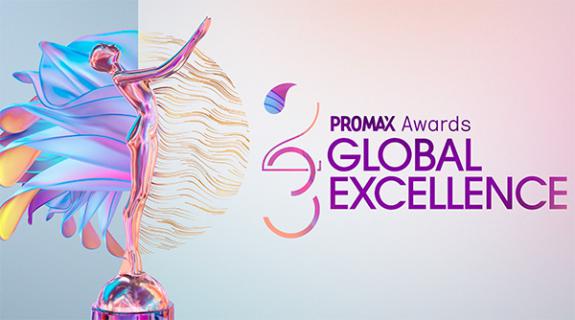





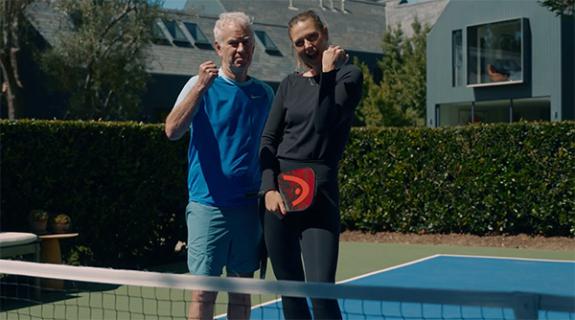


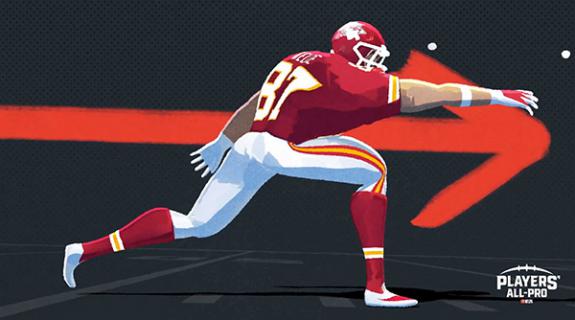
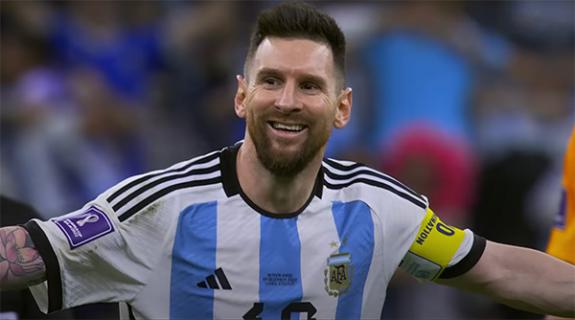

__twocolumncontent.jpg)

